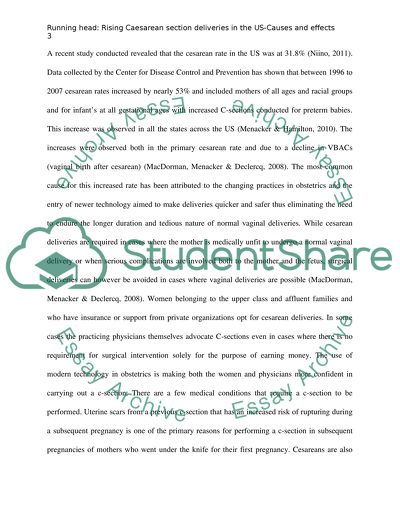Cite this document
(“Child Birth Essay Example | Topics and Well Written Essays - 1000 words”, n.d.)
Retrieved from https://studentshare.org/health-sciences-medicine/1470290-child-birth
Retrieved from https://studentshare.org/health-sciences-medicine/1470290-child-birth
(Child Birth Essay Example | Topics and Well Written Essays - 1000 Words)
https://studentshare.org/health-sciences-medicine/1470290-child-birth.
https://studentshare.org/health-sciences-medicine/1470290-child-birth.
“Child Birth Essay Example | Topics and Well Written Essays - 1000 Words”, n.d. https://studentshare.org/health-sciences-medicine/1470290-child-birth.


